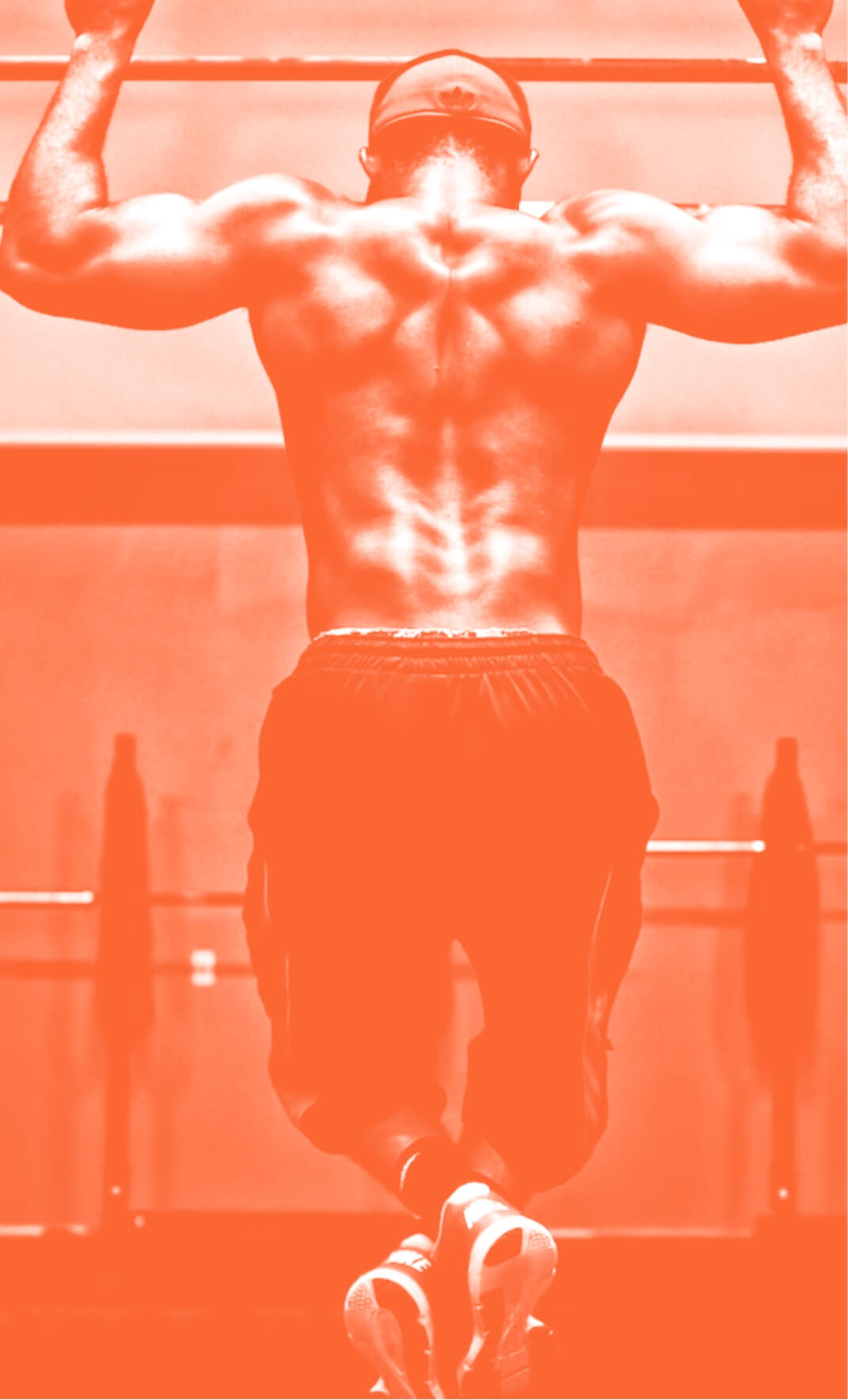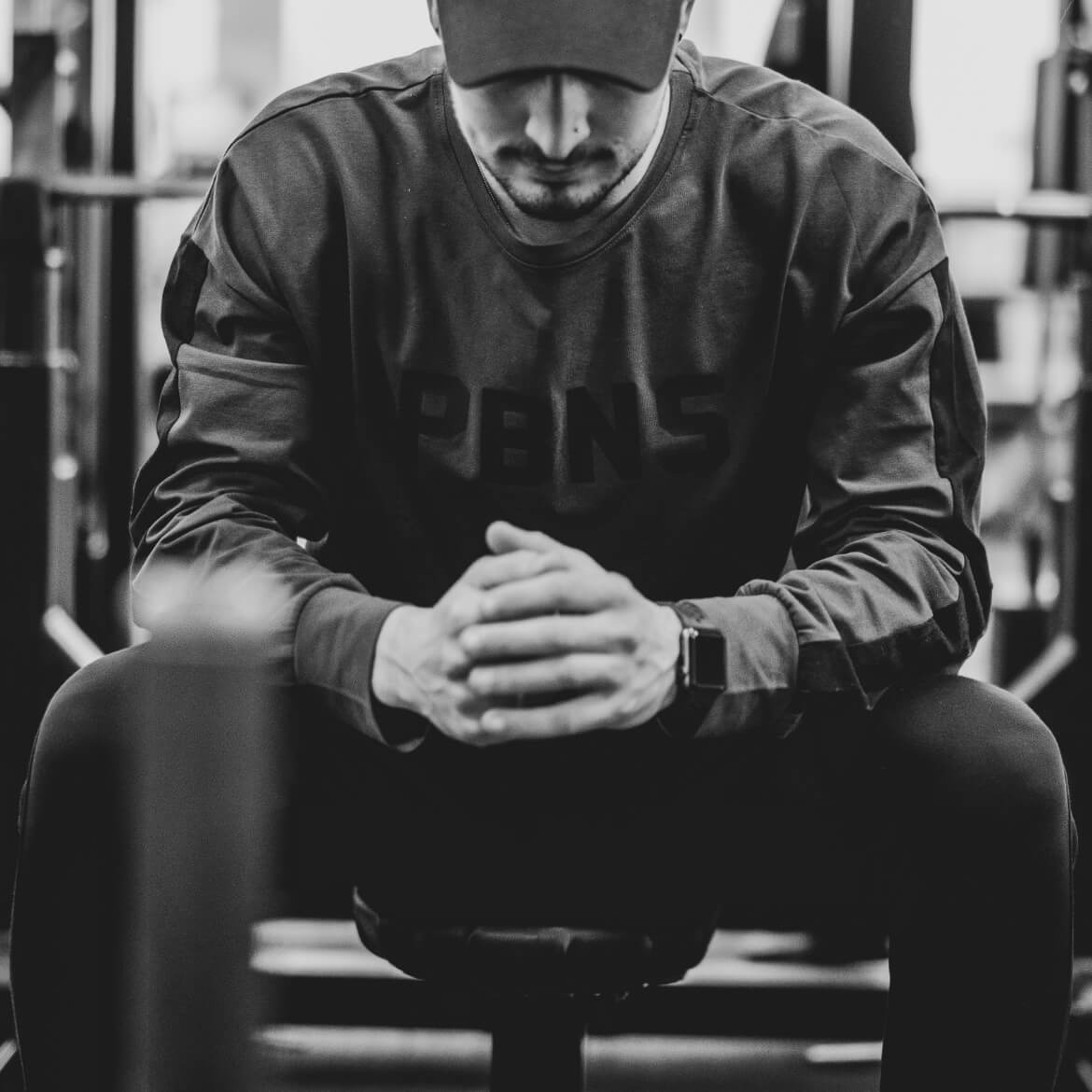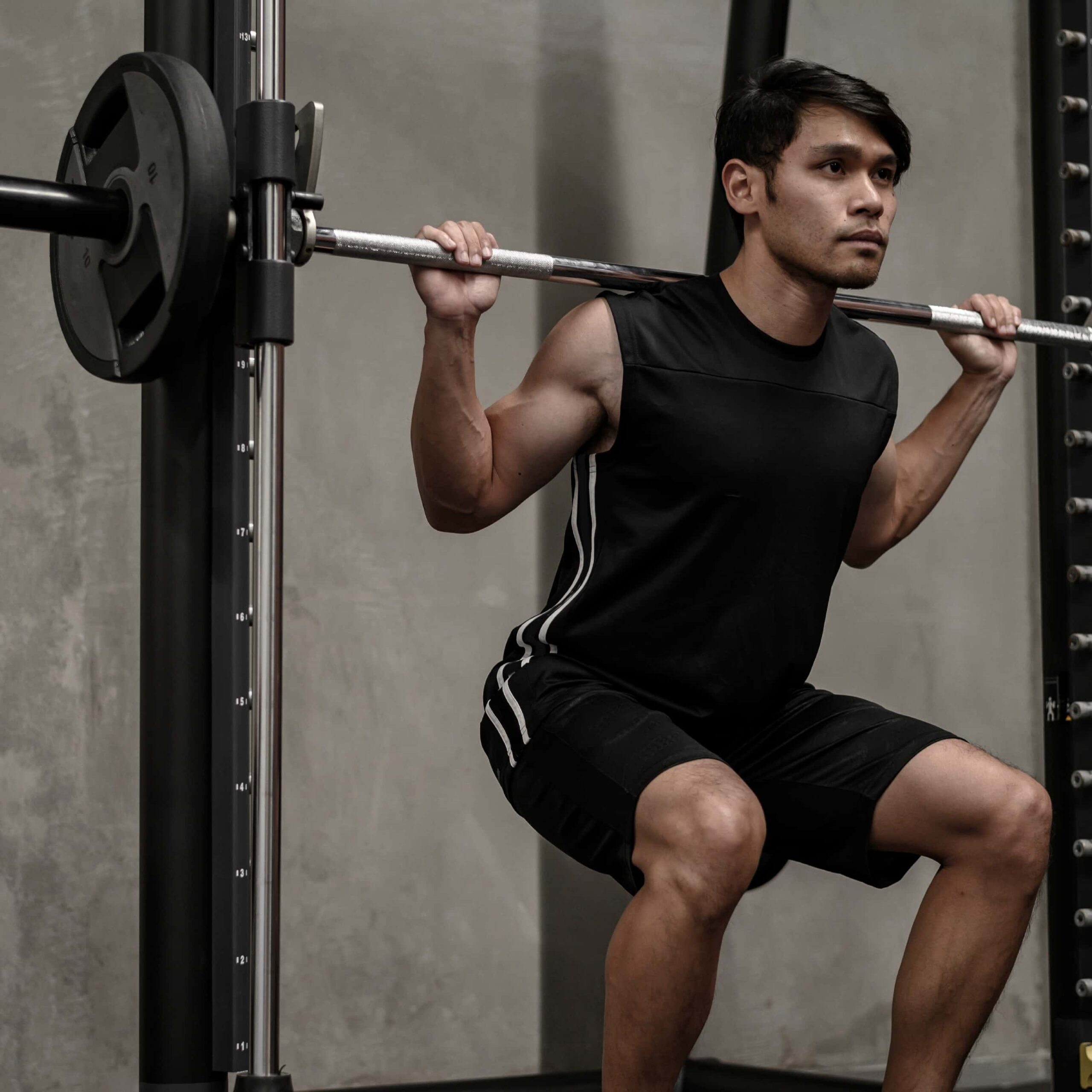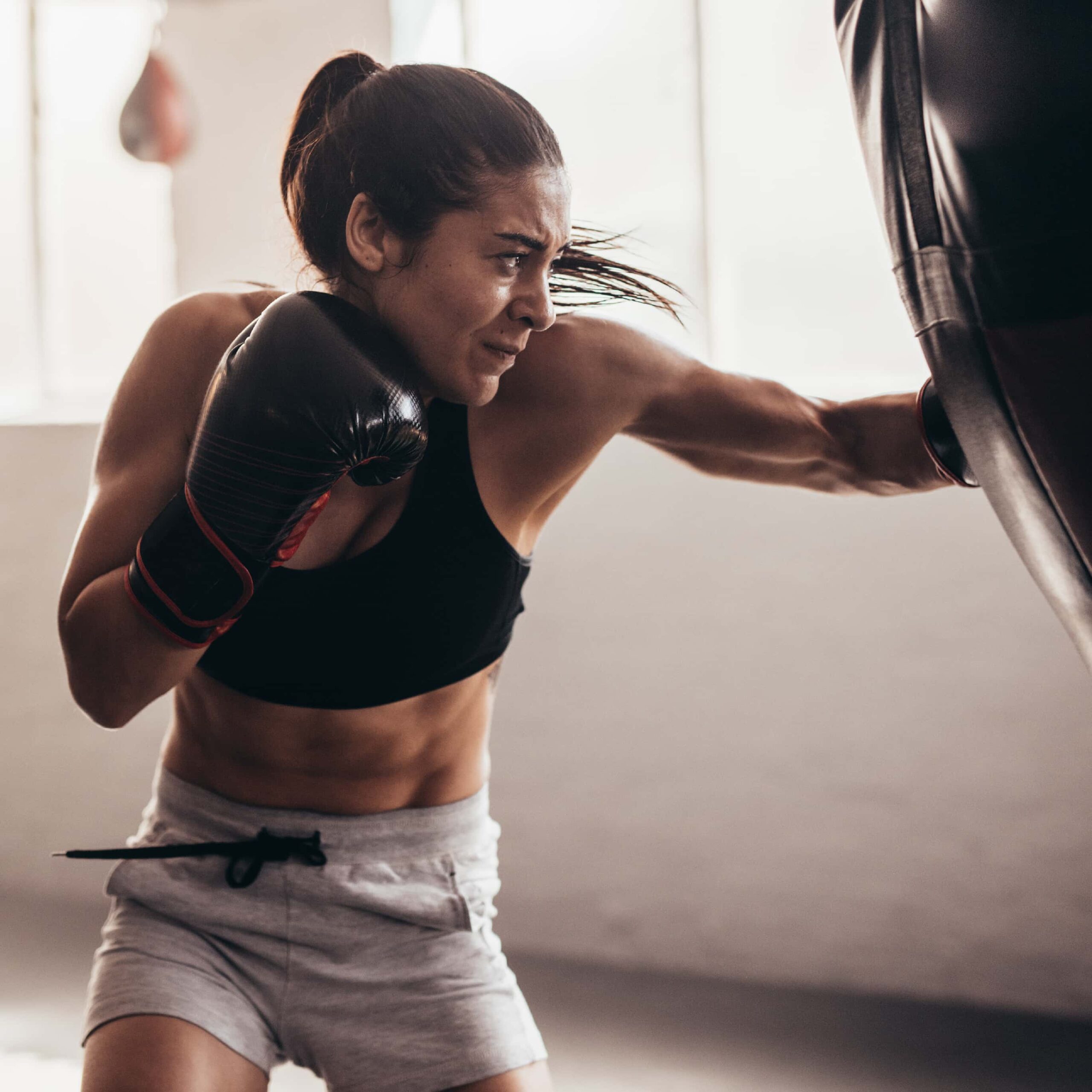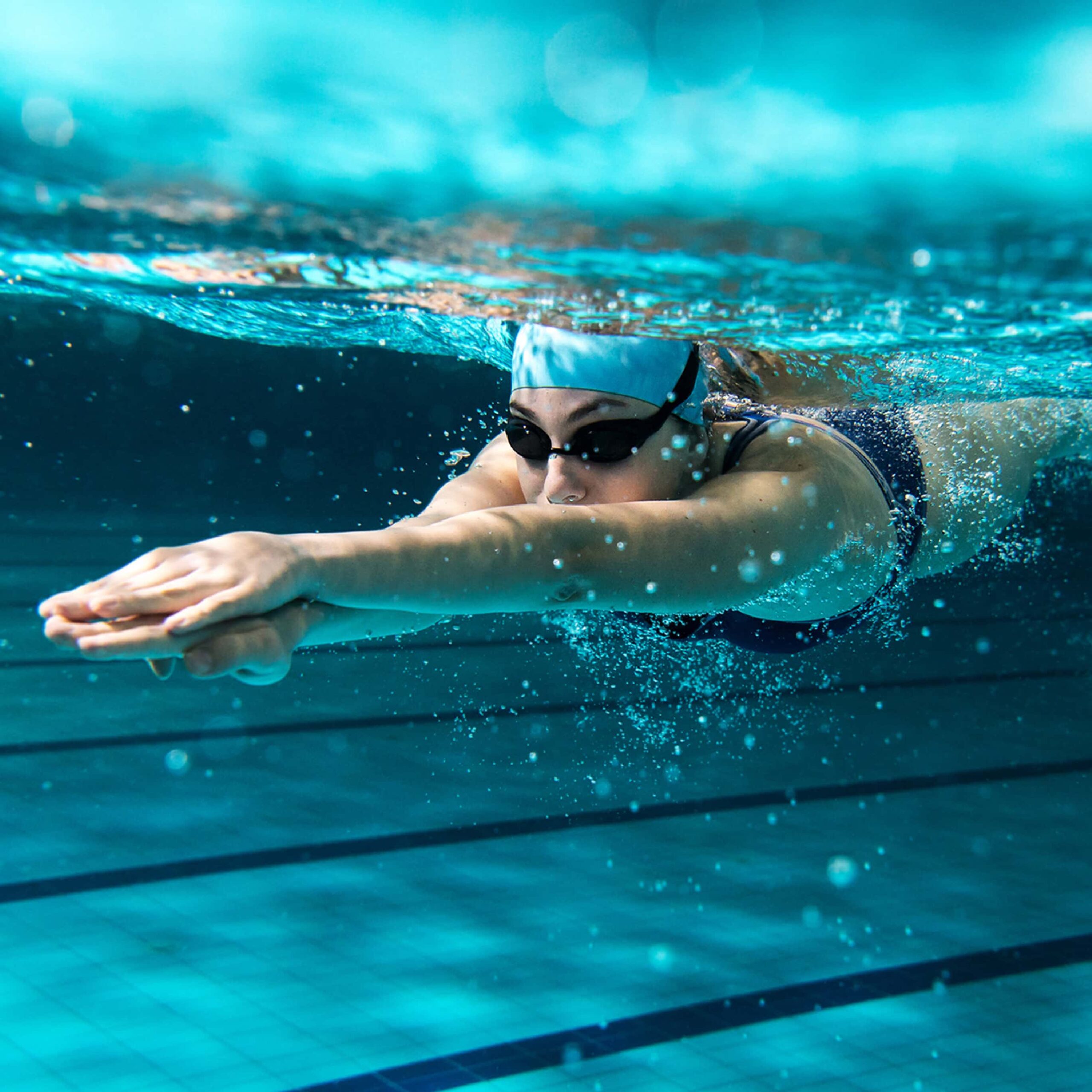Finding the Right Punch Bag for You
17th Jul 19
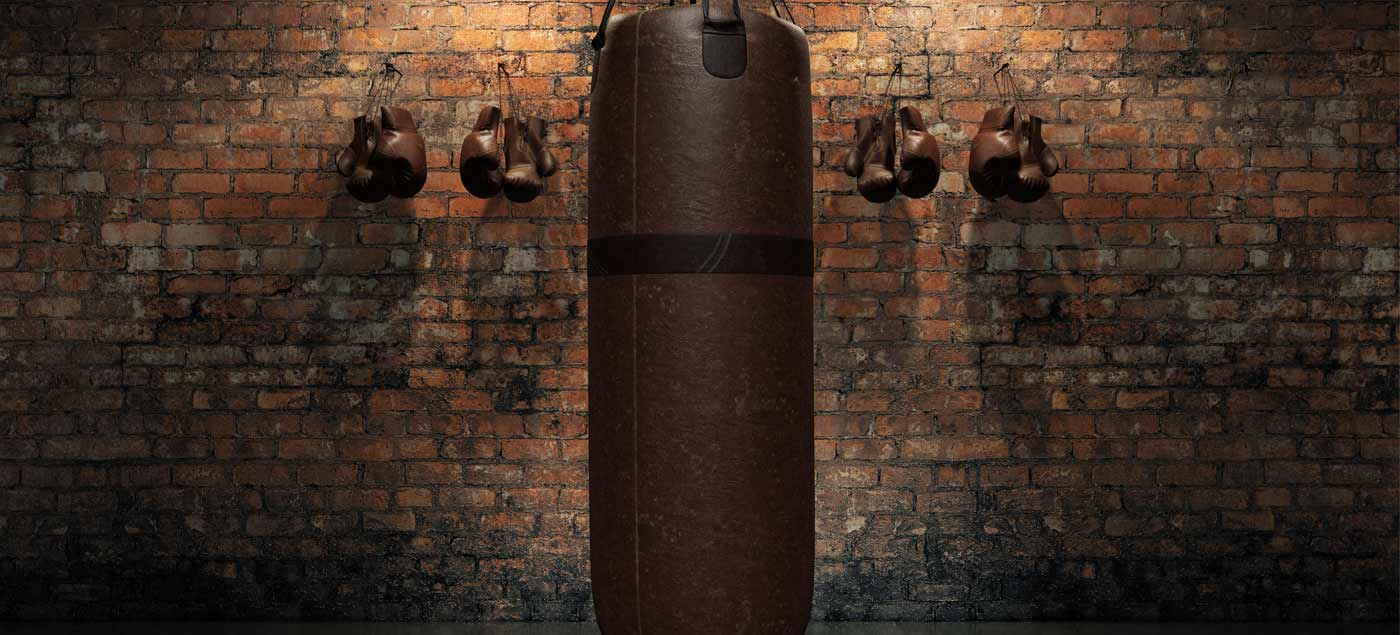
Picking a boxing or punch bag is a topic that seems to be self-explanatory. Many of us just assume that if you can hit it hard enough and it doesn’t break, then what’s the problem? Sadly, there is a lot more to it than that.
The reality, however, is that there are actually many different types of bag, all with their own advantages and disadvantages depending on everything from the material, to size, to the contents inside, and of course, what it is that it is going to be used for in the long run. These can be a little overwhelming, so we’re here to help.
Want to move fast? Jump to the right section below.
Types of Punch Bag
Before you can decide which punch bag is the best for what you need, you need to know what they have to offer. They’re all different, so stick with us here.
Heavy Bag

Advantages:
The heavy bag is one of, if not the single, most commonly used punching bags in almost any fighting sport due to their sheer practicality. The size of the bag means that almost any fighting move can be performed on it. You can do anything from kicks to high punches. That gives you completely fluid training possibilities and allows you to really perfect your form depending on what it is you’re doing.
The size of the bag also means that the swinging motion when hit directly often means the trainee has to incorporate footwork into the training. That way, you avoid getting hit by the bag upon recoil and thus provides a much more effective workout. It’s great for really cementing the boxing finesse and improving technique, giving a much more realistic feeling. Its contents heavily influence the swinging of the bag, but we’ll go through this below.
Disadvantages:
The only real disadvantages to this bag revolve around the hanging of the bag. It can be extremely heavy (who’d have guessed?) and can cause real stress on the mount if not done correctly. The bag also lacks variation and may not be able to cover everything you could want in your training regime. No one is perfect…
Free Standing Bag
Advantages:
The standing punch bag offers many of the same benefits of the heavy punch bag aside from much of the recoil. It can be used to practice a whole array of moves successfully without any real trouble. Unlike the heavy bag, the standing fact means that it is also much more portable so you can place it wherever is most convenient, and you don’t have to worry about hanging a bag from something. That’s a real benefit for a lot of people.
Disadvantages:
The downsides to this bag, however, are that you may well have to fill the bag yourself of water or sand, but this is completely dependent on what it is that you buy and how much you spend. It’s a possibility, but take it into account.
Also, as mentioned above, the standing bag doesn’t really have much movement either. For most cases, this is seen as a negative aspect due to the removal of the footwork from training, unless you have a rhythmic footwork plan set already to move around the stationary target.
Teardrop Bag
Advantages:
The teardrop, aptly named, is a hanging bag in the shape of a teardrop, growing in size as it descends. This allows a more strategic approach to training if it suits the fighting style you’re working toward. More specifically, it allows the use of knees and kicks as well as hooks and elbows. It’s ideal for kickboxing/MMA.
The shape of the bag also means that the bag is really good at keeping momentum. It will swing much more dramatically than any other shape of a punching bag, and even more so if heavy material is used to fill it. Again, as mentioned above, this really does mean that the footwork becomes essential as well as bobbing and weaving to really work the whole body. A win-win really.
Disadvantages:
The shape of teardrop bags does sadly make them slightly less functionally practical than heavy bags. They also may well cost more, so they really do need to be considered carefully. do your homework and really think about what you need.
Angled Bag

Advantages:
The angled punch bag is another hanging bag and is in the opposite shape to the teardrop. I.e., it gets smaller as it goes down. That makes it really great for uppercuts and hooks more than anything else. The bottom of these bags is consistent in size, however, so this bag could still be used as a regular punchbag too. This is down to preference and opinion more than anything else, so give it a think.
Disadvantages:
There are no real significant cons to this type of bag, other than the fact it may well cost quite a bit more than other regular bags. It may also take a while to adjust to using, and it becomes a comprise of price and the best possible form for anyone considering the purchase.
These bags can vary even more in difference, though, once the contents are considered. This means that hitting the same bag consisting of two different materials may well have a completely contrasting effect, so here are some things to consider.
Punch Bag Contents
Sand
Sand is one of the hardest materials to use when filling a bag. Literally, sand makes the punch bag feel like it is made of stone. It has a huge resistance, so requires real care and expertise when using as well as the right equipment.
The benefits of this are that it will often allow the build-up of hard to train areas like the shin. That’s essential for kickboxing, for example. Sand can begin to form clumps over time though and may need refilling or shaking around to ensure it stays at the right consistency—just a side note.
Water
Water-filled bags are often described as feeling quite realistic. Plus, if you are filling your bag with water, it is easily emptied and refilled. that makes it very easy to transport the bag. Great if you’re travelling and training.
It’s even easier if this is for a free-standing boxing bag as mentioned above and is quite probably going to make the bag much cheaper overall. These bags are also quite often cheaper but maybe not as efficient to train with
Fabric
This is probably the most common filling for boxing bags. Mostly because materials are so common to come by and are commonly said to feel the most realistic to hit. These bags often build up in resistance over time too as the material clumps, which may cause some issues.
All of these bags are more than useable for training. Ultimately it really does just come down to preference as well as familiarity. The functionality of the bag needs to suit your own personal needs and usage. The style of fighting you want to practise also, of course heavily influences your functionality.

So once you’re all set up what’s next? Well, gloves. Brace yourself. Read the next guide here.

Before beginning any exercise or nutrition program, consult your physician, doctor or other professional. This is especially important for individuals over the age of 35 or persons with pre-existing health problems. Exercise.co.uk assumes no responsibility for personal injury or property damage sustained using our advice.
If you experience dizziness, nausea, chest pain, or any other abnormal symptoms, stop the workout at once and consult a physician or doctor immediately.

